Q&A From the March 8th Happy Hour
Q&A From the March 8th Happy Hour
CarolAnn asked: What native groundcovers do you recommend?
You’ll want to match your groundcover plants to the conditions you have. For dry, sunny areas bearberry (Arctostaphylos uva-ursi) is good, although it’s the right plant for an area that’s hit with frequent irrigation. For part to full shade, white wood aster (Eurybia divaricata) would thrive, but although it’s weed-smothering and attractive, it’s a plant best for larger spaces. Threadleaf tickseed (Coreopsis verticillata) is a pretty perennial that spreads fairly quickly in full to part sun. Finally, green and gold (Chrysogonum virginianum) thrives in moist soils in full sun or dappled shade.
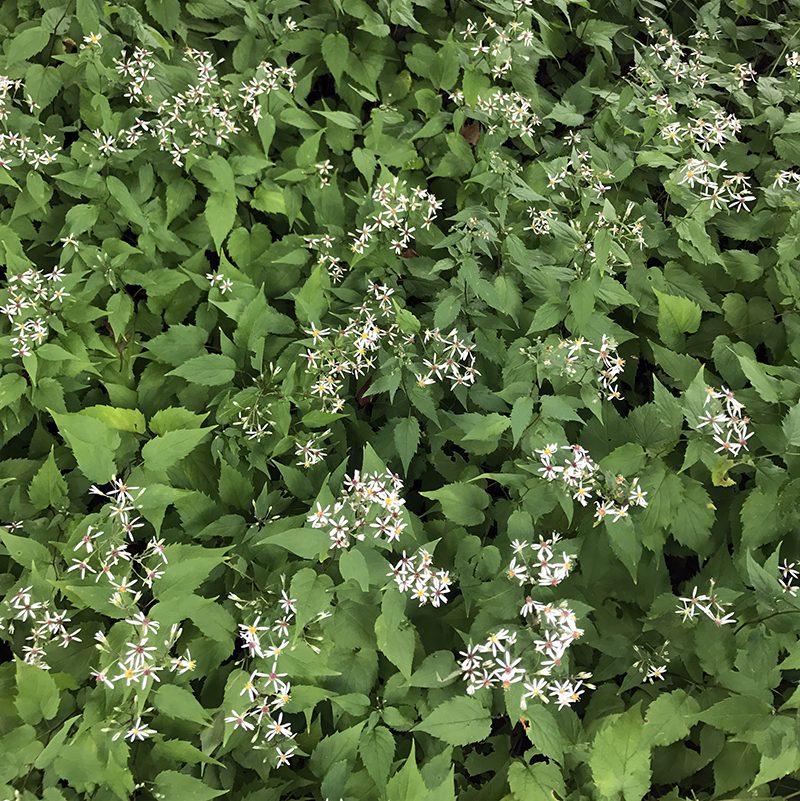
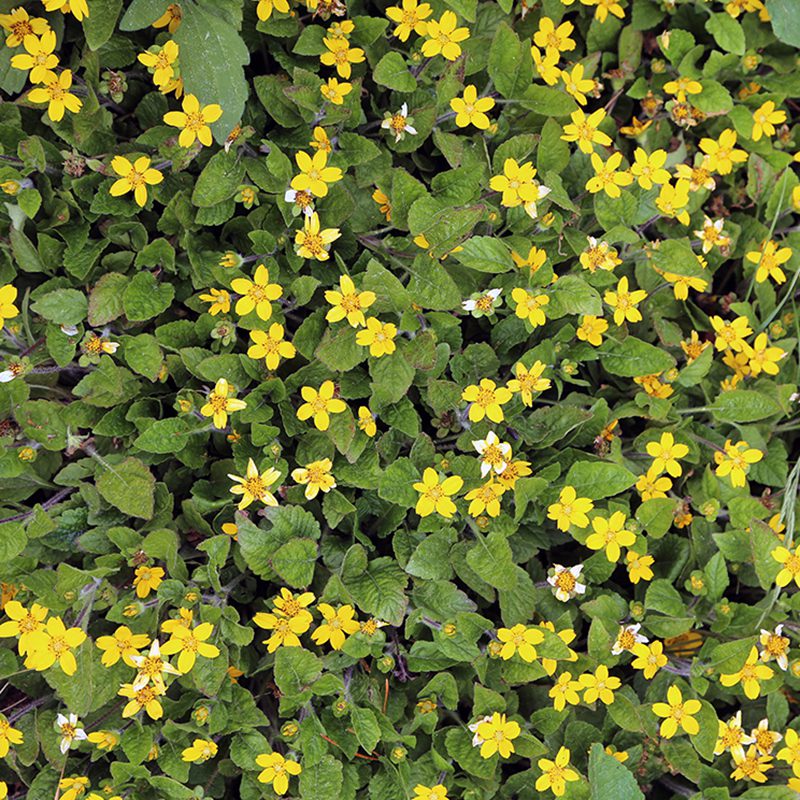
Nancy said: I have had no luck at all with cukes and zucchini. The vines at the base always seem to rot or get eaten.
This sounds like you have squash vine borer on the zucchini. To get rid of these requires an ongoing effort for a couple of years. First, turn your soil over in the fall and spring to expose any over-wintering pupae to the weather and birds. Secondly, when your squash is about a foot tall, start spraying the underside of the vines with spinosad (Captain Jack’s Deadbug Brew).
After spraying the spinosad and letting it dry, sprinkle the tops of the vines and the soil around the plant with a light coating of diatomaceous earth (aka DE), which is an organic, contact insecticide. You’ll need to reapply the DE after a rain, or after you’ve watered with a sprinkler. Once the plant starts to bloom, keep the DE away from the flowers because you don’t want bees to be harmed by it. Do this repeatedly as the plant grows. You could also use a fine coating of wood ash, if you have access to some, but don’t use a thick coating as it will raise the pH of your soil over time.
It’s likely that your cucumbers have another problem – perhaps cucumber wilt. When the plants are small, begin spraying weekly with Neem Max, using it according to directions.
Bethany: How can I divide a yucca plant?
Most yuccas spread by putting out smaller plants to the side of the mother plant. These smaller ones are the easiest to move. Take a spade and slice it off from the main plant, trying to go as deep as possible to get as much of the root system as possible. It’s hard to move a large yucca plant because their roots are so deep. You can stimulate the growth of many new, smaller yuccas by cutting off a large plant at ground level…the plant will respond my growing several new shoots.
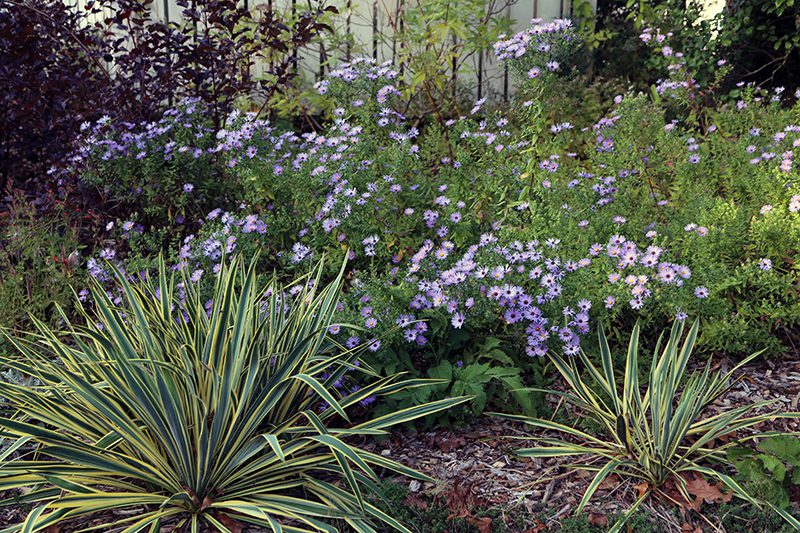
Diana wrote: Last week you gave me a seed soil temperature chart for vegetables, do you have one for flowers?
I don’t have one but many annuals are listed on this Extension Service site, along with the temperatures required for germination.
Zack commented: I used to have a deep fence for my veggie garden, no critters got in to eat my plants!
Yes! A fence is really the only way to keep critters out of the vegetable garden. Since the rabbit and deer repellants are blood, milk or egg based, we don’t want to apply them to our edibles.
Margie said: New Gen boxwoods bronzed out this winter – seem healthy – they did get watered regularly last year. They are also a bit splayed out – how do I support them?
Many varieties of boxwood turn bronze to yellow in response to the winter cold. In the early spring, shear off an inch or two, even if the plants are small. This stimulates new growth and will also help them fill in where they are splayed. It would be better to let them grow strong instead of supporting, but if you can’t stand how they look you might use one of the green, stretchy ties we have in the store for a temporary fix. Avoid too much fertilizer, since that makes plants weaker, not stronger. A light application of Holly-tone in the spring would be enough.
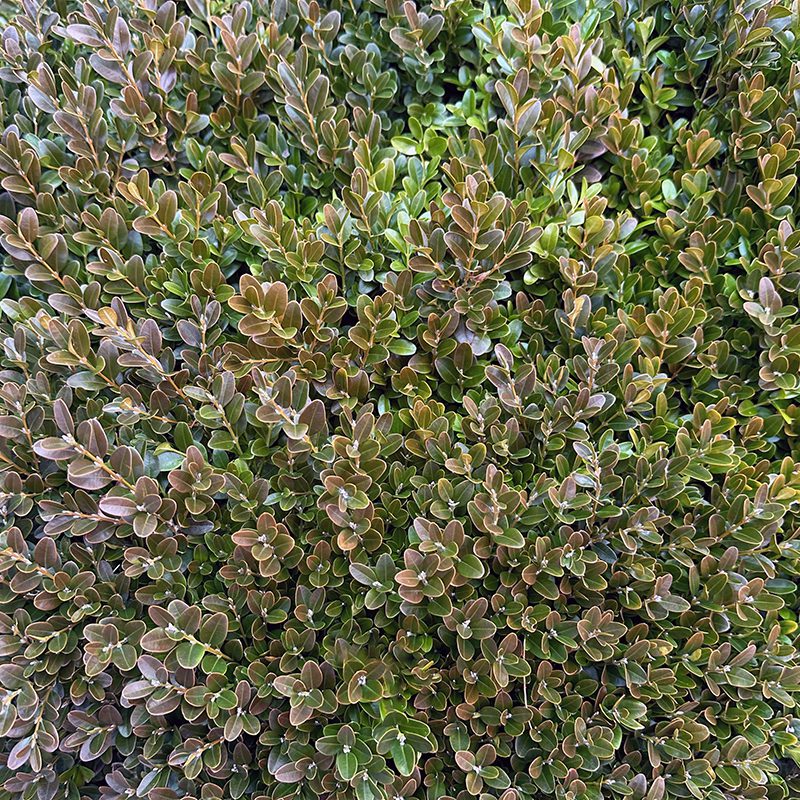
Anne wrote: Off subject , lace leaf maple , last year started loosing leaves early turned blackish first . Came back next year then happened again . Anything I can do to treat it.
If the leaves have round, black spots on them it could be maple tar spot, a fungal disease that’s unsightly but not fatal. If you suspect tar spot, come into the store to talk with Dekes or Nan about an organic fungicide. But if the leaves are totally turning brown, not spotted, it may be uneven or shallow watering. Make sure to have an inch of mulch over the round around this tree, and water it deeply once a week. (If you have an automatic sprinkler system that’s going off for 20 or 30 minutes at a time, that’s too little water. Have it run longer but less frequently.)
Be sure to clean up the leaves that fall around the plant – if it is fungal, removing them will be a key part of management.
Robin asked: Best ground cover for bank?
It depends on whether you have sun or shade. See CarolAnn’s question above for some suggestions. On sunny slopes you could also plant creeping phlox (Phlox stolonifera), wooly thyme (Thymus pseudolanuginosus), or green mound juniper (Juniperus procumbens ‘Nana’)
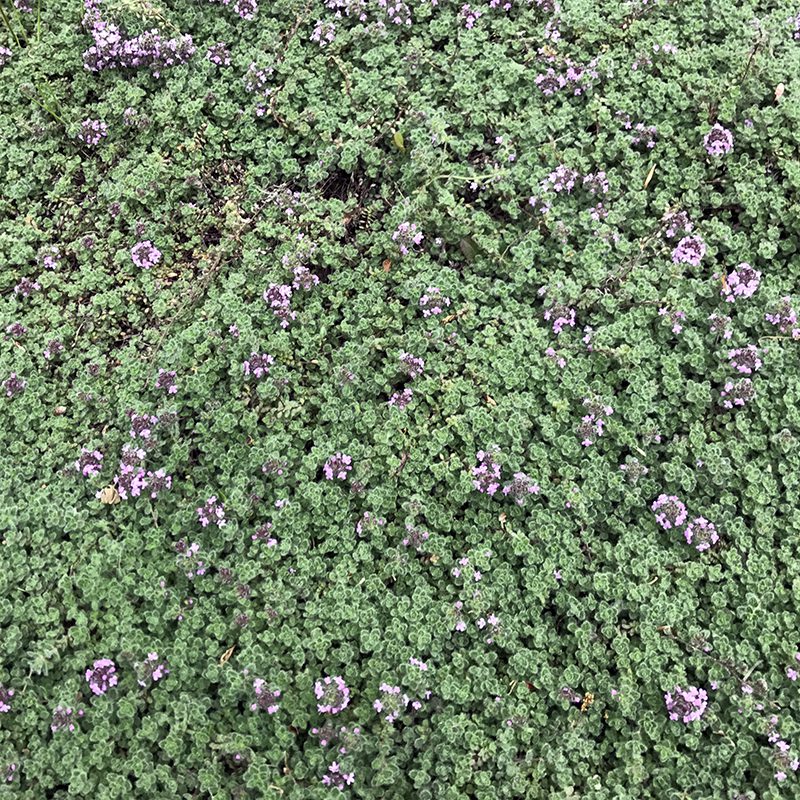
Lois questioned: When to prune butterfly bush?
March is the perfect time to prune back butterfly bush. Cut them down to between 10 and 18 inches tall.
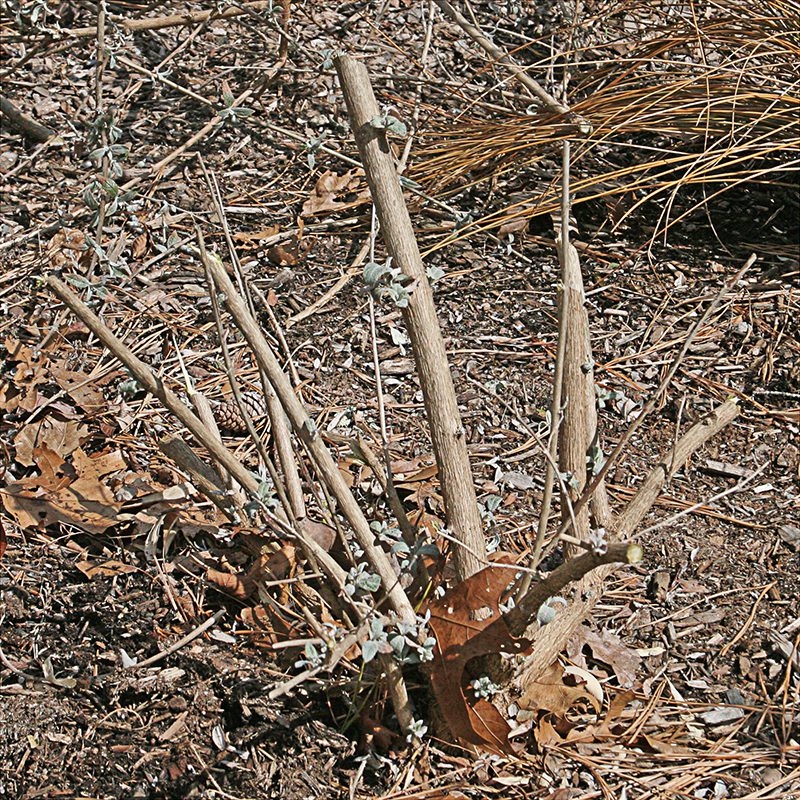
Katherine wrote: What is your advice in planting bare root roses?
Put your roses in water for a few hours when they arrive. Do not leave them in water for more than a day, however. Prepare the soil by dumping an inch or two of compost or manure in a 4′ diameter circle. Dig a hole in the center of that area, and make a small cone of dirt in the middle of the hole. Spread the roots out over that cone of soil, holding the rose so that the knob of the graft will be just showing above ground level. Fill in the hole. (Note: in this process some of the compost is mixed in, but the rest remains on the surface to amend the soil from the top down.) Water the area well, sprinkle on some Rose-tone fertilizer, and then put an inch of mulch over the top.
Bethany said: Can clivia be divided?
Yes, but it’s best done outside in good weather. Pop it out of its pot. If it’s been in the same pot or years it might be difficult to remove…some people resort to breaking the pot. Pull the clumps out from the side, and repot in a well-drained potting mix. (I combine equal parts of Cactus Mix and Orchid Bark.)
Maggie wrote: When can i plant sugar daddy peas on the Cape?
On Cape Cod our soil is slow to warm up in the spring. Pea seeds planted in March are unlikely to sprout for two to three weeks. But when peas are planted in early to mid-April, they germinate in about 10 days.
Gwen wondered: Is there a good ornamental grass for along a driveway that will spread out?
I’m not sure what you mean by spread out, but all of the Miscanthus varieties grow wide over time. There are Miscanthus that grow 3 feet tall and 5 feet wide, and others that grow 5 to 6 feet tall and up to 8 feet wide. Always assume that a Miscanthus will be much wider than the tags estimate, and site it accordingly. A shorter, native grass that would be lovely along a drive is switch grass (Panicum virgatum). It grows in sun or part-sun, and is lovely when green or with golden fall color.
Anne commented: Boxwood curling leaves with white inside how to treat
That’s an insect called boxwood psyllid. You can spray the plants with insecticidal soap or horticultural oil if you wish, but this pest doesn’t kill the plants, so doing nothing is an option. See the handout from the University of Massachusetts here.
Myra wrote: Can any type of pine needle be used as mulch – anywhere including veggie garden?
Yes, any pine needles can be used as mulch in any of your gardens. It’s a myth that pine needles make soil acidic.
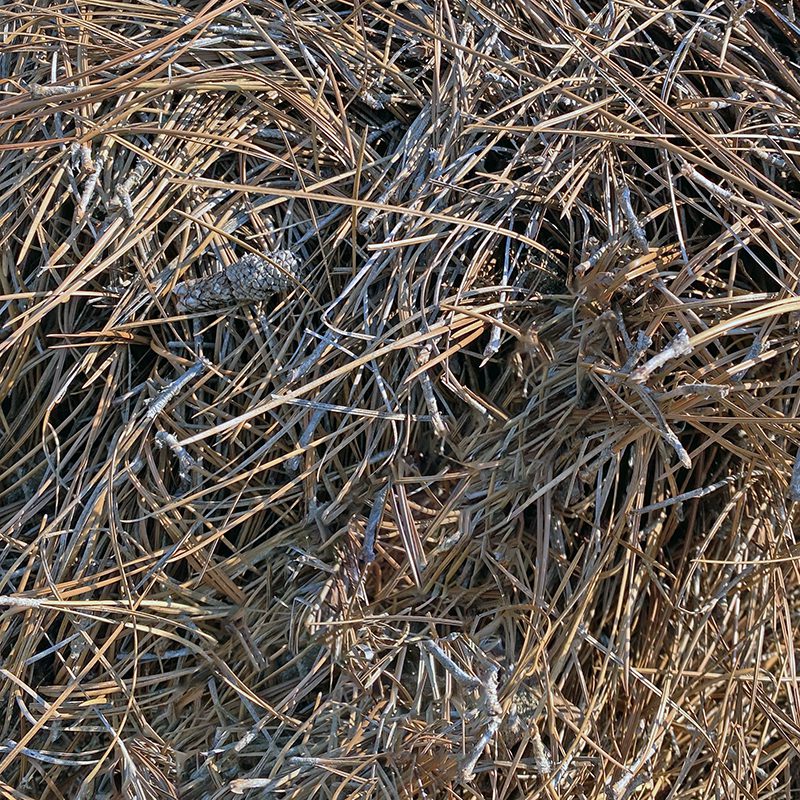
Anne asked: Are you doing Friday questions sessions this year
Yes! Starting in April I will be in the store from 9 to 12 and from 12:30 to 3 to answer questions and give design or plant advice. No charge and first come, first served. If there is a waiting line I will spend about 15 minutes with each person, but if no one is waiting we can talk as long as it takes.
Lynne questioned: When and how to plant forsythia cuttings?
Once your cuttings have roots that are at least 3″ long they can be planted directly in the soil or grown on in pots for awhile. If you’re planting them into the ground, loosen the soil where you are planting them in a 2′ diameter circle. Top that with an inch or two of compost or manure, and plant the cutting in the center. Water it well, and mulch over the top of the compost to hold in the moisture and discourage weeds.
Gary said: What is your recommendation for tomato blight?
Early blight is a fungal disease we dance with on Cape Cod. And to answer the most common question up front, no, it’s not possible to “treat the soil” to totally get rid of it since it’s airborne as well. But it’s possible to suppress it enough so that you’ll have tomatoes all summer. Follow the practices below:
- As soon as you place your tomato plants in the ground, mulch around them and spray with an organic fungicide such as Revitalize or Bio-Remedy. Put Turbo (a spreader-sticker) in the tank as well. Spray the tomatoes every week to 10 days as they grow, using the wand on a tank sprayer so you can direct the spray to the leaves and stems.
- You can’t do anything about the weather, but be sure that you’re not watering too frequently with a sprinkler.
- When you see some of the lower leaves start to yellow and get black spots, cut them off and get them out of the garden.
- Know that heirloom varieties of tomatoes are more prone to early blight than hybrids. You might want to plant some of each.
Cheryl wrote: Suggestions for full sun ground covers?
See my suggestions above to Robin and CarolAnn.
Joanne commented: My hydrangeas and rose are loaded with several inches of wet leaves due to the winds and so much RAIN we’ve had. Should I rake some out to prevent rot?
Yes, I’d start the process of pulling them out, but rotting is unlikely at this point since the leaves haven’t packed or matted down much.
Margie asked: Any suggestions for removing leaf litter accumulated between branches at the base of my bobo hydrangeas? Even a small rake is too big and by hand is difficult.
Have you tried the tiny rakes that are about 6″ across? We have a few in the store right now. Other than that and hand removal, you could have a landscaper blow them out with a leaf blower.
Karen wondered: Can I plant seeds leftover from last year?
Yes! Although the viability of seed does decline over time, usually seeds that are two or three years old have decent germination rates. In oder to be sure your seeds remain viable, store them in a jar or plastic container in a cool place. Do not store them in your refrigerator, however.
Evelyn said: I planted hyacinth and daffodil bulbs in a large container last Fall. They are happily popping up through the soil…just the stems so far in my garage. When is it safe to place this container outside?
I would do it soon. The weather for the next week looks really good, considering that it’s March!
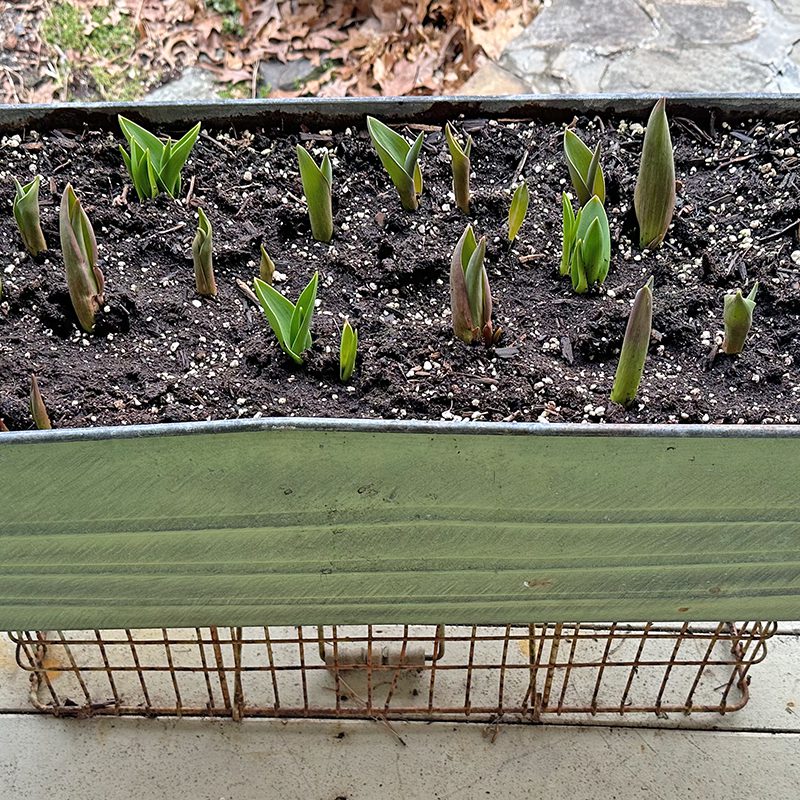
Linda wrote: never got my daffodil bulbs in the ground last fall! Suggestions what I can do now?
If the bulbs aren’t soft or shrunken, plant them! Put them in the ground asap, about 3 to 4 inches deep. They may or may not bloom this year, but they will grow roots and leaves if they’re still viable. Get them in soon, however.
5 Comments
Leave a Comment
Subscribe To Our Newsletter
Sign up for our weekly email about sales and events.

Thank you! I appreciate you answering my question and posting a photo. Next week on the first day of Spring I will move my container outside. ~ Evelyn
Hi I would love to plant a hummingbird garden what flowers/plants would you suggest?
Start with these: Clethra alnifolia (aka summersweet, a shrub), Monarda (aka bee balm, a perennial), Lobelia cardinalis (cardinal flower, a perennial), Dicentra eximia (fern-leaf bleeding heart, a perennial), and the annuals black-and-blue Salvia and Cuphea Vermillionaire. If you have a place for a vine, plant Major Wheeler honeysuckle.
How long does it take for the forsythia to develop roots? My husband has had the stalks in water for at least a month and not one indication of a root. He wants to know what he is doing wrong.
If the pieces are long and old, it takes longer to form roots. In other words, stems of about 15″ long cut from last year’s growth will make roots faster. Do you have a willow plant on your property, or know someone who does? If so, cut a piece about 12 – 18″ long and put that in the vase with the Forsythia. Make a fresh cut on the Forsythia every week, and change the water every three days. (Willows secrete a chemical that prompts other cuttings to develop roots.)